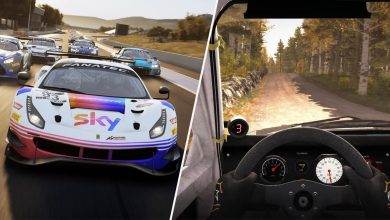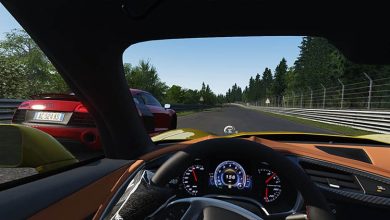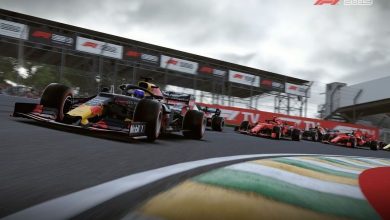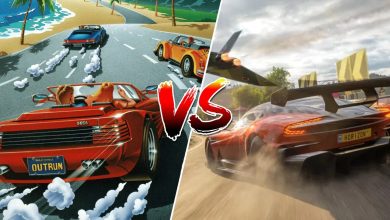The Evolution of Racing Games
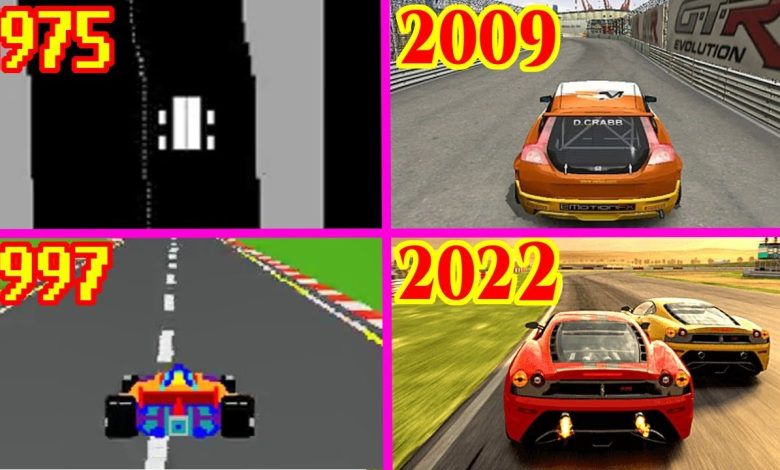
Racing games have come a long way since their inception. From the early days of simple, two-dimensional graphics and arcade-style gameplay, to the high-octane, hyper-realistic racing experiences of today, the evolution of racing games has been nothing short of remarkable.
One of the earliest examples of a racing game was the 1976 arcade classic, “Gran Trak 10.” This game was a simple, yet addictive, racing simulator that allowed players to race against the clock or against each other. The graphics were basic, but the gameplay was intense and engaging, making it a hit with players of all ages.
In the years that followed, racing games continued to evolve and improve. The introduction of more advanced hardware and better graphics capabilities allowed for a more immersive gaming experience. For example, “Pole Position,” released in 1982, was one of the first racing games to feature 3D graphics, giving players a more realistic sense of speed and motion.
With the advent of home consoles, racing games really began to take off. The 1990s saw the release of some of the most popular and influential racing games of all time, including the iconic “Mario Kart” series and the groundbreaking “Gran Turismo” franchise. These games pushed the limits of what was possible with home gaming hardware, and set the standard for racing games to come.
The next major step in the evolution of racing games came with the advent of online gaming. With the ability to race against other players from around the world, racing games became even more immersive and competitive. Games like “Need for Speed” and “Forza Motorsport” allowed players to create their own custom vehicles and compete in races against other players from all over the world.
With the rise of mobile gaming, racing games have found a new platform for growth and innovation. From simple, pick-up-and-play experiences like “Real Racing” and “Asphalt,” to more complex and feature-rich games like “F1 Mobile Racing” and “Project Cars GO,” mobile racing games offer a new level of convenience and accessibility for players.
Today, racing games are more realistic and immersive than ever before. The latest games, such as “Gran Turismo Sport” and “Forza Horizon 5,” feature breathtaking graphics, real-world physics, and advanced artificial intelligence that make players feel like they’re truly behind the wheel of a high-performance racing machine. These games also offer a wealth of customization options, allowing players to tailor their vehicles and racing experiences to their own preferences.
In conclusion, the evolution of racing games has been nothing short of remarkable. From simple arcade-style experiences to hyper-realistic racing simulators, racing games have come a long way in a relatively short amount of time. With the continued advancements in technology and the growing popularity of gaming, it’s safe to say that the best is yet to come for racing games.
